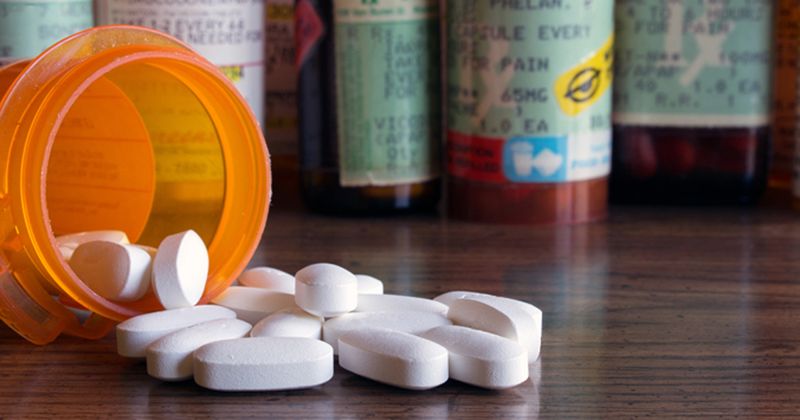Colchicine prices remain high despite introduction of generics
Although the FDA-mandated exclusivity of colchicine ended and generics were introduced to the market, prices have remained high, according to research published in JAMA Internal Medicine.
A recent clinical trial suggested that colchicine could be repurposed for secondary prevention after myocardial infarction, researchers said. The drug, which predates the establishment of the FDA, had previously been available in unapproved forms for less than 50 cents a pill, and generic formulations are currently available outside the U.S. for approximately 30 cents a pill.

However, Colcrys (colchicine, Takeda Pharmaceuticals) — the first FDA-regulated product — entered the market in 2009 at $5 per pill and received exclusivity to treat gout for 3 years. This caused the other unapproved formulation of colchicine to be ordered off the market.
“Furthermore, Colcrys was granted patents for this centuries-old drug until 2029,” said Natalie McCormick, PhD, post-Doctoral research fellow at Massachusetts General Hospital and Harvard Medical School. “Thus, although more than six independent generics have FDA approval to date, only authorized generics with price points set by brand-name companies are currently available to treat acute gout, pericarditis and now potentially millions with myocardial infarction.”
McCormick and colleagues collected Medicaid and Medicare data on all available forms of colchicine — including unregulated/unapproved colchicine, generic combination probenecid-colchicine, and authorized generics — from 2008 through 2017.
They found that, in 2017, Medicare and Medicaid claims for colchicine were more than $340 million.
After adjusting for inflation and rebates, McCormick and colleagues found that Medicaid prices rose from 24 cents per pill with unapproved formulations in 2008 to $4.20 per pill for Colcrys alone in 2011. The price was highest in 2015 at $4.66 per pill and included both Colcrys and authorized generics that became available that year.
The researchers said they observed similar increases in Medicare prices from 2012 through 2017.
McCormick and colleagues noted that when authorized generics entered the market, they were only available at slightly lower prices than Colcrys, which was still much more expensive than the cost of previously used unapproved formulations of colchicine.
They determined that Medicaid spending on colchicine increased by 2,833% since 2008, and that 58% of the observed increase could be attributed to increases in prices.
According to the researchers, Medicaid spending on colchicine was $32.2 million was in 2017. Had the drug remained at price levels seen before Colcrys entered the market, they determined that Medicaid spending on colchicine would have been $2.1 million that same year.
These findings were similar after the researchers included inflation rebates in analyses.
“Public spending on colchicine has grown exponentially, mainly from ongoing price increases after Colcrys’s approval and market exclusivity, potentially limiting millions of U.S. patients from affording its benefits as a long-term therapy for gout or after myocardial infarction,” McCormick and colleagues wrote.
